HANNOVER, Germany - The Latest on President Barack Obama's visit to Germany (all times local):
7:30 p.m.
President Barack Obama says time isn't on the side of a proposed U.S.-Europe trade he wants to see completed soon.
Obama says if negotiations aren't completed by the end of the year then upcoming political transitions in the U.S. and Europe mean it won't be finished for some time.
American voters are in the process of choosing a successor for Obama; he leaves office in January. France and Germany have elections scheduled for next year.
Obama says he knows that "politics are hard" but he's urging the deal's supporters to "keep making our case" with facts and by dispelling misperceptions.
He says the "time is now" for the agreement.
Obama commented as he joined German Chancellor Angela Merkel in Hannover, Germany, to open a massive industrial technology trade show.
___
7:20 p.m.
German Chancellor Angela Merkel says her country is prepared to increase its military commitments as demanded by allies such as the United States.
Speaking after a meeting with U.S. President Barack Obama on Sunday, Merkel is citing her country's contribution to the international coalition in Afghanistan, and the arms supply and training for Kurdish forces fighting the Islamic State group in Iraq.
Germany spent 35.5 billion euros ($39.98 billion) on defence last year, about 1.2 per cent of its gross domestic product. This will rise to 39.2 billion euros in 2020.
Merkel says "we know the goals that NATO is giving us. We are approaching them slowly."
Obama says he recognizes that Germany had become "more forward leaning" on security but is urging all NATO members to attain the 2 per cent GDP target.
__
7:10 p.m.
There's high-tech trade, and then there's beer.
President Barack Obama is praising both in his remarks to help open the world's largest industrial technology trade fair in Germany.
The president has opened his address by noting that 2016 is the 500th anniversary of Germany's "beer purity law" that permits only certain ingredients. He adds that he just might want to join in that celebration.
Obama also is marveling at high-tech advances that have even produced a car created with a 3-D printer.
He is suggesting to German Chancellor Angela Merkel that they take it out for a drive, but he adds that he'll have to get permission from the Secret Service.
___
6:25 p.m.
German Chancellor Angela Merkel (AHN'-geh-lah MEHR'-kuhl) insists that her proposal for safe zones in Syria is consistent with international efforts to bring peace to Syria.
Germany's allies, particularly the United States, have dismissed the idea of a ground-based military intervention in Syria to protect civilians.
Merkel met with President Barack Obama on Sunday, and said afterward that the proposal wouldn't require outside intervention.
Merkel says creating safe zones should be part of peace negotiations that involve the Syrian government and moderate opposition groups.
Obama says the idea of making safe zones controlled by moderate opposition part of the peace talks shows that "here there's no space between us."
___
6:15 p.m.
President Barack Obama is applauding the German leader's handling of Europe's migrant crisis. He says Angela Merkel (AHN'-geh-lah MEHR'-kuhl) "is on the right side of history on this."
Obama says Merkel is "giving voice to the kinds of principles that bring people together rather than divide them." He says he's proud of Merkel for taking on some tough politics to express humanitarian and practical concerns.
Merkel has suffered politically at home since allowing thousands of people fleeing violence in Syria and other conflict zones to resettle in Germany. She's also supported their migration to other European countries, many of which have since tightened their borders.
Merkel recently helped Europe and Turkey negotiate a deal to help ease the migrant flow
___
6 p.m.
President Barack Obama says the United States isn't taking seriously North Korea's latest statements about being ready to halt its nuclear tests if the U.S. would suspend its annual military exercises with South Korea.
Obama says that if North Korea wants to shows it's serious, then it would be prepared to enter negotiation to reduce tensions in the region.
North Korea's foreign minister made the offer in an Associated Press interview on Saturday.
But Obama says such a commitment isn't shown "based on a press release" and that the North is going to have to do better.
Obama spoke during a news conference in Germany.
___
5:55 p.m.
President Barack Obama says he doesn't support creating "safe zones" in Syria. He says doing so would require a major military commitment.
Obama says he and his advisers have repeatedly reviewed proposals to create protected areas for refugees within Syria, but that the plans aren't workable.
Obama says "as a practical matter," such a step couldn't be done without using the military to "take over a big chunk" of Syria.
Chancellor Angela Merkel has endorsed the notion of creating areas that could provide safe haven for the thousands of migrants fleeing the violence and would improve access to humanitarian aid.
Merkel told reporters on Sunday that she considers the safe zones part of the ongoing negotiations over a deteriorating cease-fire and political transition.
___
5:30 p.m.
President Barack Obama says "it is indisputable" that U.S. trade deals with other countries have strengthened the American economy.
He says trade makes U.S. businesses more competitive around the world.
Obama says he understands that people are feeling unsettled by globalization, particularly when they see factories closing and jobs moving to other countries.
But he says America has to stay competitive as regions in Asia and Africa begin to develop their economies.
Obama says if the U.S. isn't there and present, it will have problems.
The president has begun a two-day visit to Germany and is appearing at a news conference with German Chancellor Angela Merkel (AHN'-geh-lah MEHR'-kuhl).
___
5:20 p.m.
President Barack Obama says the U.S. and European Union need to "keep moving forward" on negotiations for a U.S.-Europe trade deal.
He says German Chancellor Angela Merkel (AHN'-geh-lah MEHR'-kuhl) agrees with him.
Obama has begun a two-day visit to Germany. One aim is to build momentum for the deal. But opposition is strong in Europe, particularly in Germany.
Obama says the U.S. and Germany are among each other's largest trade partners. He says it's a relationship that they have to keep nurturing and building.
Obama and Merkel are speaking at a news conference in Hannover.
___
3:25 p.m.
German Chancellor Angela Merkel has welcomed President Barack Obama with military honours ahead of their bilateral talks.
Merkel has received Obama at Herrenhausen Palace, a rebuilt version of the 19th-century summer home of the royal house of Hannover. The palace was destroyed during World War II and reopened in 2013.
Merkel and Obama are due to meet for an hour before holding a joint news conference.
Following the news conference, they will together open the city's annual industrial fair, at which the United States is the featured country this year.
___
12:45 p.m.
President Barack Obama has arrived in Germany to mount a two-day push to sell his trans-Atlantic trade pact.
Obama landed in the northern city of Hannover on Sunday afternoon. He's leading a delegation of American business leaders attending the Hannover Messe, the world's largest industrial technology trade fair.
Obama is slated to meet with German Chancellor Angela Merkel before they attend the fair opening.
The president is expected to make the case for the Trans-Atlantic Trade and Investment Partnership, or T-TIP.
___
11:10 a.m.
President Barack Obama says it could take a decade for Britain to negotiate a new trade agreement with the United States if it leaves the European Union.
In a BBC interview, Obama said "it could be five years from now, 10 years from now before we were able to actually get something done."
He said that "the U.K. would not be able to negotiate something with the United States faster than the EU."
Obama flies to Germany Sunday after a U.K. visit during which he angered supporters of an EU exit by making it clear the United States wants Britain to stay in.
He said Friday that Britain would go to the "back of the queue" for a trade deal if it votes to leave in a June 23 referendum.
___
11:00 a.m.
Germany's vice chancellor is urging the United States to budge in negotiations on a free trade deal with Europe and warns that the hoped-for accord could fail if Washington doesn't give ground.
President Barack Obama is expected in Germany Sunday, hoping to build momentum for the so-called Trans-Atlantic Trade and Investment Partnership, or TTIP. The German government is also keen to clinch the deal.
However, Vice Chancellor and Economy Minister Sigmar Gabriel was quoted Sunday as telling the Handelsblatt newspaper that "the Americans want to stick to their 'buy American' idea. We can't accept that."
He also complained that the U.S. doesn't want to open public tenders to companies from Europe.
Gabriel said: "If the Americans stick to this position, we don't need a free trade agreement. Then TTIP will fail."
___
08:46 a.m.
President Barack Obama is hoping to build momentum for a trade deal between the U.S. and Europe during a two-day visit to Germany.
But Obama knows a tough sell awaits him, particularly in Germany. He arrives there Sunday and opposition to the agreement is fierce.
Thousands swarmed the streets Saturday in Hannover, on the eve of Obama's arrival, to protest the agreement. In November, more than 100,000 protested the deal in Berlin.
Proponents argue that it would boost business at a time of global economic uncertainty. Critics fear the erosion of consumer protections and environmental standards.
Negotiators want to finalize key parts of the deal before the year ends.
Obama is also meeting with German Chancellor Angela Merkel on Sunday to discuss the Islamic State group and other issues.
___
This story has been corrected to reflect that Obama says the trade deal won't be finished for some time if negotiations aren't completed by the end of the year, rather than if the negotiations are completed by the end of the year.
Source:
The Latest: Obama: Time not on side of US-Europe trade deal
 Image Source: Airbus Philippine Airlines currently serves only one destination in Europe, which is London's Heathrow Airport. According to PAL President Jaime Bautista, the carrier is studying possible destinations in Europe in anticipation of the arrival of the Airbus A350 aircraft. "We will be able to fly to new destinations in Europe when we take delivery of our Airbus 350, which will be in 2018," said Bautista. "But as early as now, we are already conducting a study on which of the destinations in Europe we'll fly to." Bautista identified the four European cities on the sidelines of a press conference to announce the launch of flights to Philippine Airlines' 44th international destination: Saipan. The national flag carrier will begin twice weekly flights to its latest destination beginning on June 15. Although Spain was not included in the short list of European destinations, a Spanish website is reporting that Philippine Airlines has opted to fly to Barcelona, rather than Madrid if it decides to launch flights to Spain. According to the website, Philippine Airlines plans to take advantage of the growing traffic between Manila and Barcelona with the aim of launching non-stop flights by 2018. Industry insiders in Spain indicate that PAL's studies reveal that there is more traffic between Manila and Barcelona, compared to Manila and Madrid. However, the studies also reveal that the current volume of traffic between Manila and Spain does not make a route feasible at the present time. But if the current growth trend on the route persists into the future, the airline could reach a break-even point within a few years. Meanwhile, Philippine Airlines recently finalized the purchase of six A350-900 aircraft from Airbus in France after signing a memorandum of understanding to acquire the aircraft earlier this year. PAL also holds an option to acquire an additional six aircraft. The carrier intends to operate the aircraft on non-stop flights to the United States and new destinations in Europe. The Airbus A350 will become the new flagship of Philippine Airlines' long-haul fleet. The aircraft, which will be configured in a spacious three-class layout will carry more than 300 passengers, while providing a 25 percent reduction in fuel consumption. The aircraft is also expected to lower maintenance costs considerably. "We are pleased to finalize this important order and are now defining the final layout for the aircraft," said Bautista. "With the A350, we will introduce a whole new level of comfort for long haul flights, with more personal space in all classes, a quieter cabin and the very latest on-board amenities. At the same time, we will benefit from the A350's enhanced efficiency and ability to fly non-stop on even our longest sector from New York to Manila, all year round." The first Airbus A350 aircraft is scheduled for delivery to Philippine Airlines in 2018. Email This BlogThis! Share to Twitter Share to Facebook
Image Source: Airbus Philippine Airlines currently serves only one destination in Europe, which is London's Heathrow Airport. According to PAL President Jaime Bautista, the carrier is studying possible destinations in Europe in anticipation of the arrival of the Airbus A350 aircraft. "We will be able to fly to new destinations in Europe when we take delivery of our Airbus 350, which will be in 2018," said Bautista. "But as early as now, we are already conducting a study on which of the destinations in Europe we'll fly to." Bautista identified the four European cities on the sidelines of a press conference to announce the launch of flights to Philippine Airlines' 44th international destination: Saipan. The national flag carrier will begin twice weekly flights to its latest destination beginning on June 15. Although Spain was not included in the short list of European destinations, a Spanish website is reporting that Philippine Airlines has opted to fly to Barcelona, rather than Madrid if it decides to launch flights to Spain. According to the website, Philippine Airlines plans to take advantage of the growing traffic between Manila and Barcelona with the aim of launching non-stop flights by 2018. Industry insiders in Spain indicate that PAL's studies reveal that there is more traffic between Manila and Barcelona, compared to Manila and Madrid. However, the studies also reveal that the current volume of traffic between Manila and Spain does not make a route feasible at the present time. But if the current growth trend on the route persists into the future, the airline could reach a break-even point within a few years. Meanwhile, Philippine Airlines recently finalized the purchase of six A350-900 aircraft from Airbus in France after signing a memorandum of understanding to acquire the aircraft earlier this year. PAL also holds an option to acquire an additional six aircraft. The carrier intends to operate the aircraft on non-stop flights to the United States and new destinations in Europe. The Airbus A350 will become the new flagship of Philippine Airlines' long-haul fleet. The aircraft, which will be configured in a spacious three-class layout will carry more than 300 passengers, while providing a 25 percent reduction in fuel consumption. The aircraft is also expected to lower maintenance costs considerably. "We are pleased to finalize this important order and are now defining the final layout for the aircraft," said Bautista. "With the A350, we will introduce a whole new level of comfort for long haul flights, with more personal space in all classes, a quieter cabin and the very latest on-board amenities. At the same time, we will benefit from the A350's enhanced efficiency and ability to fly non-stop on even our longest sector from New York to Manila, all year round." The first Airbus A350 aircraft is scheduled for delivery to Philippine Airlines in 2018. Email This BlogThis! Share to Twitter Share to Facebook 












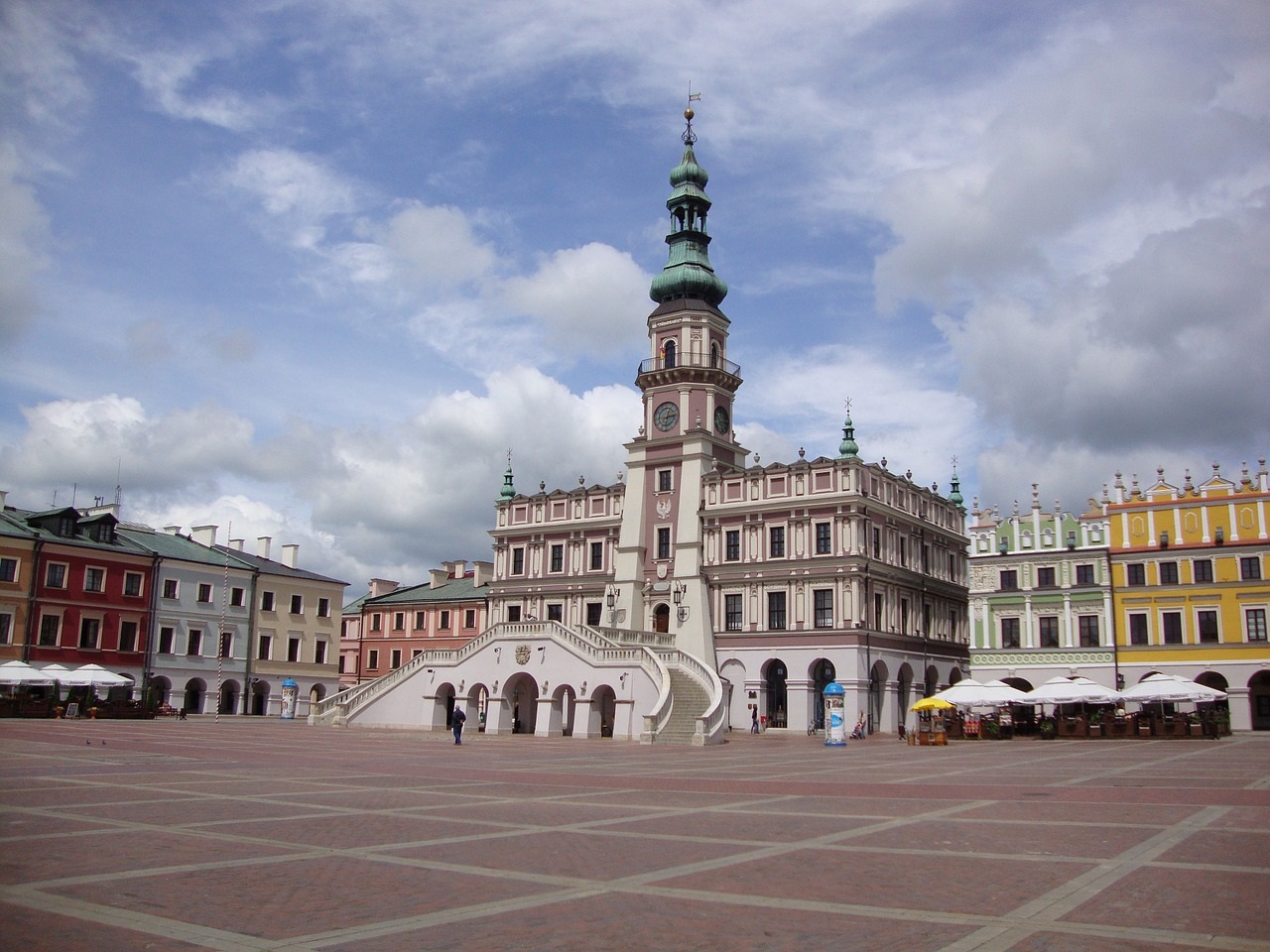
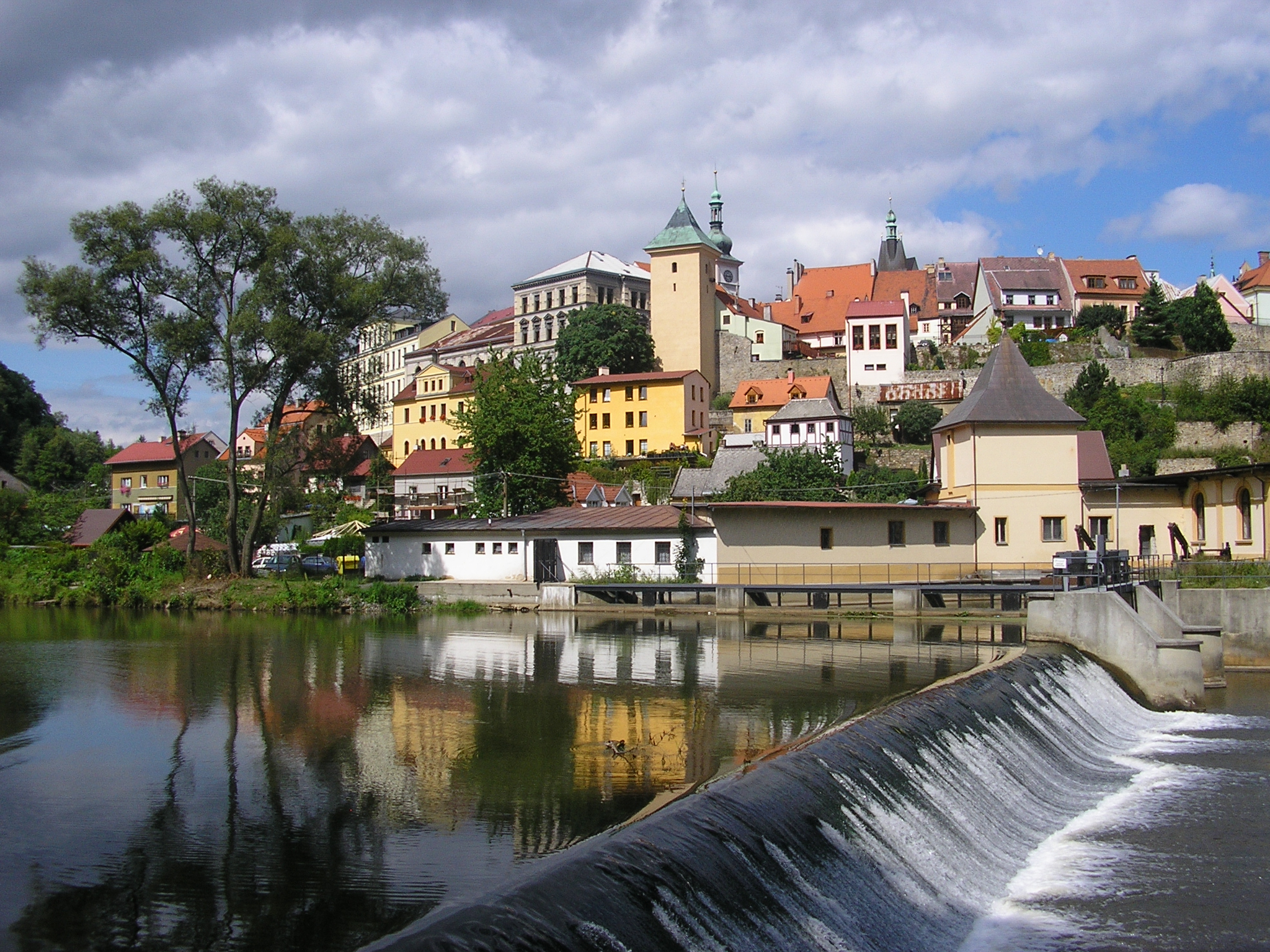
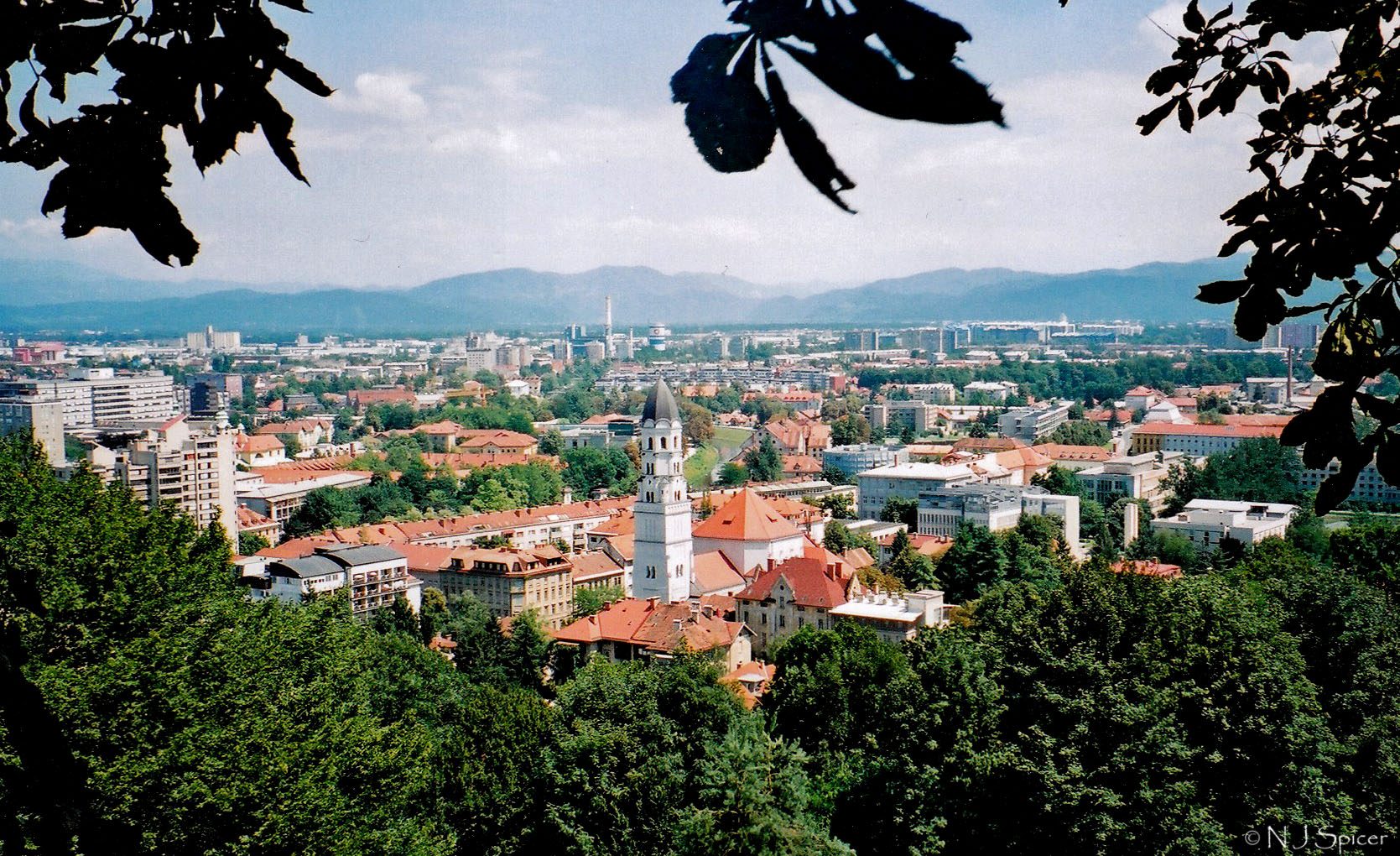
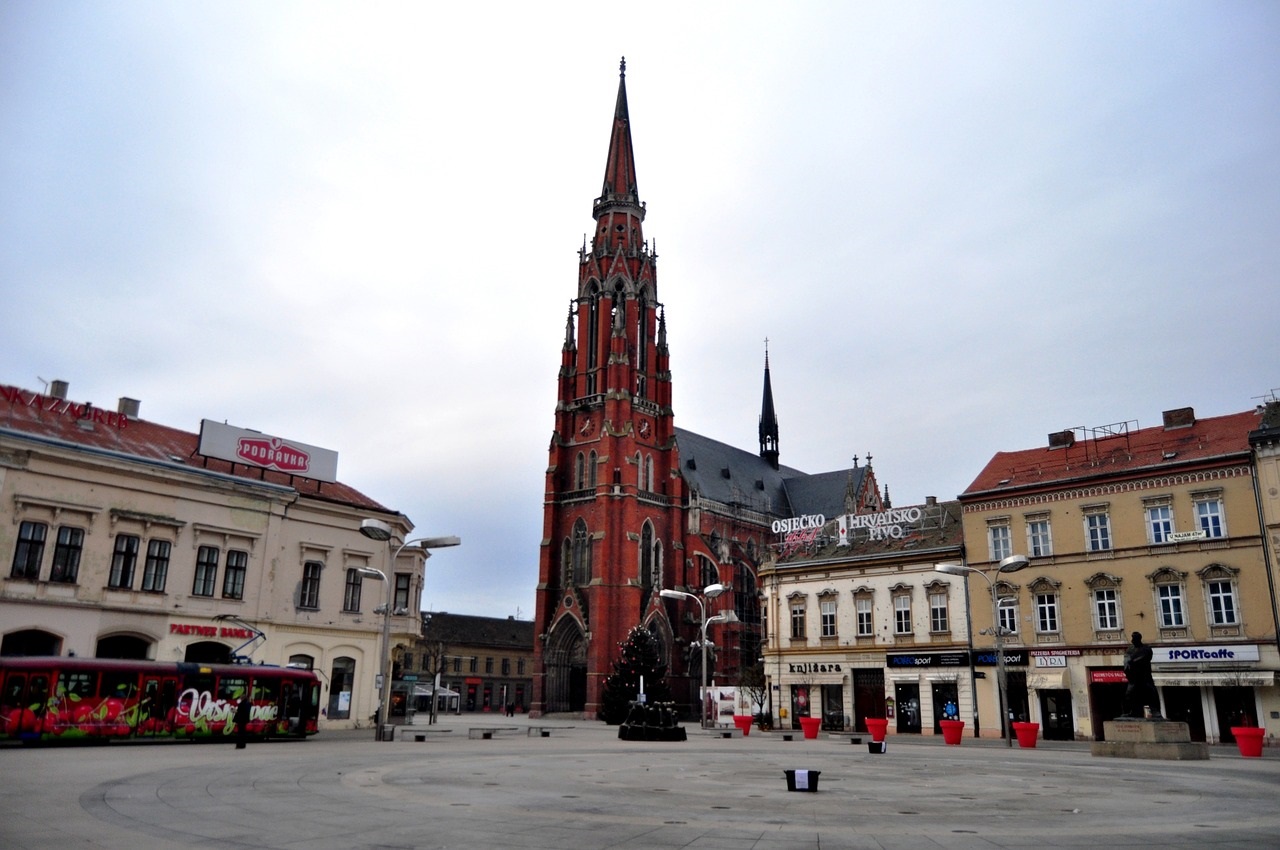
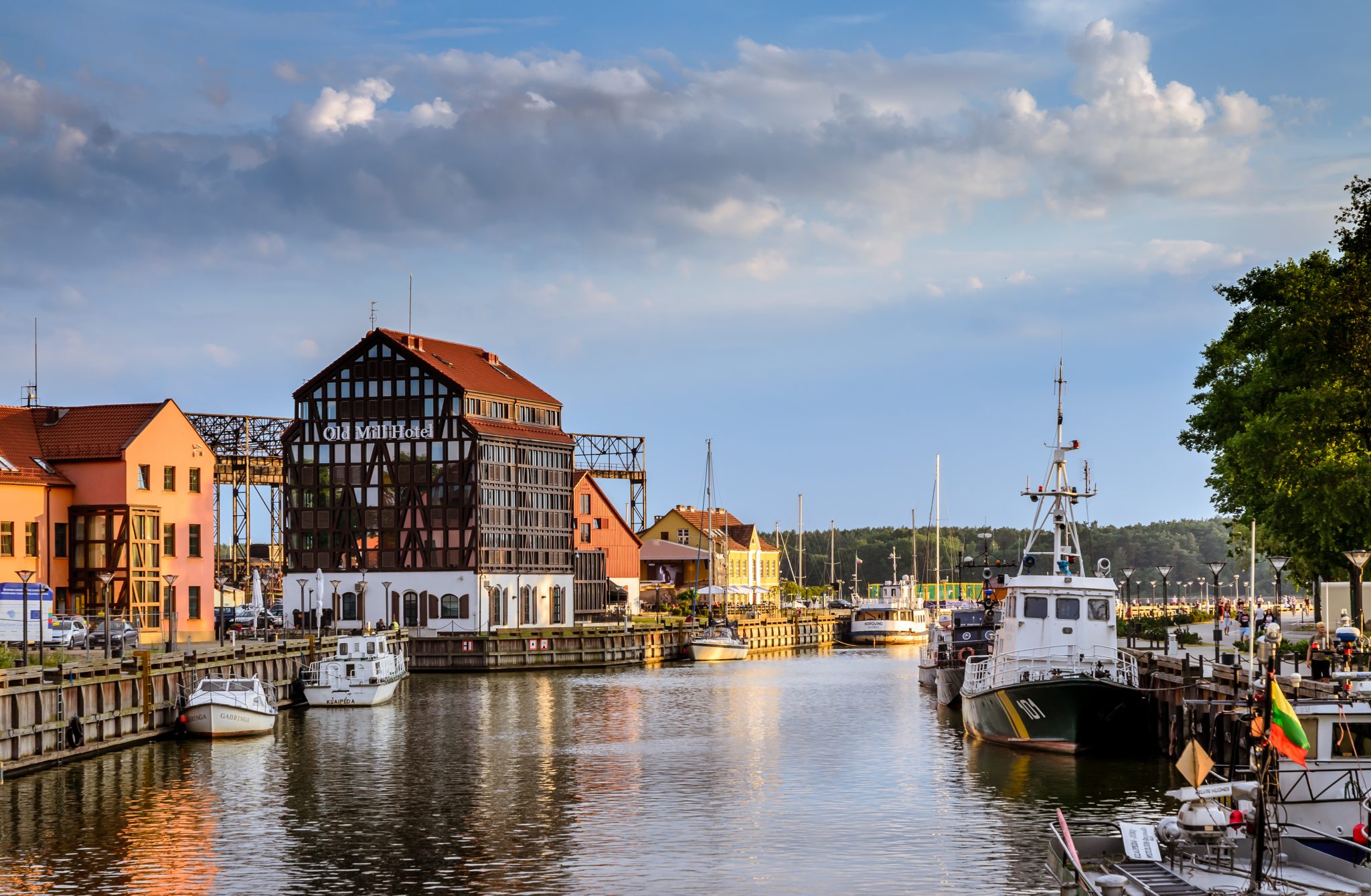
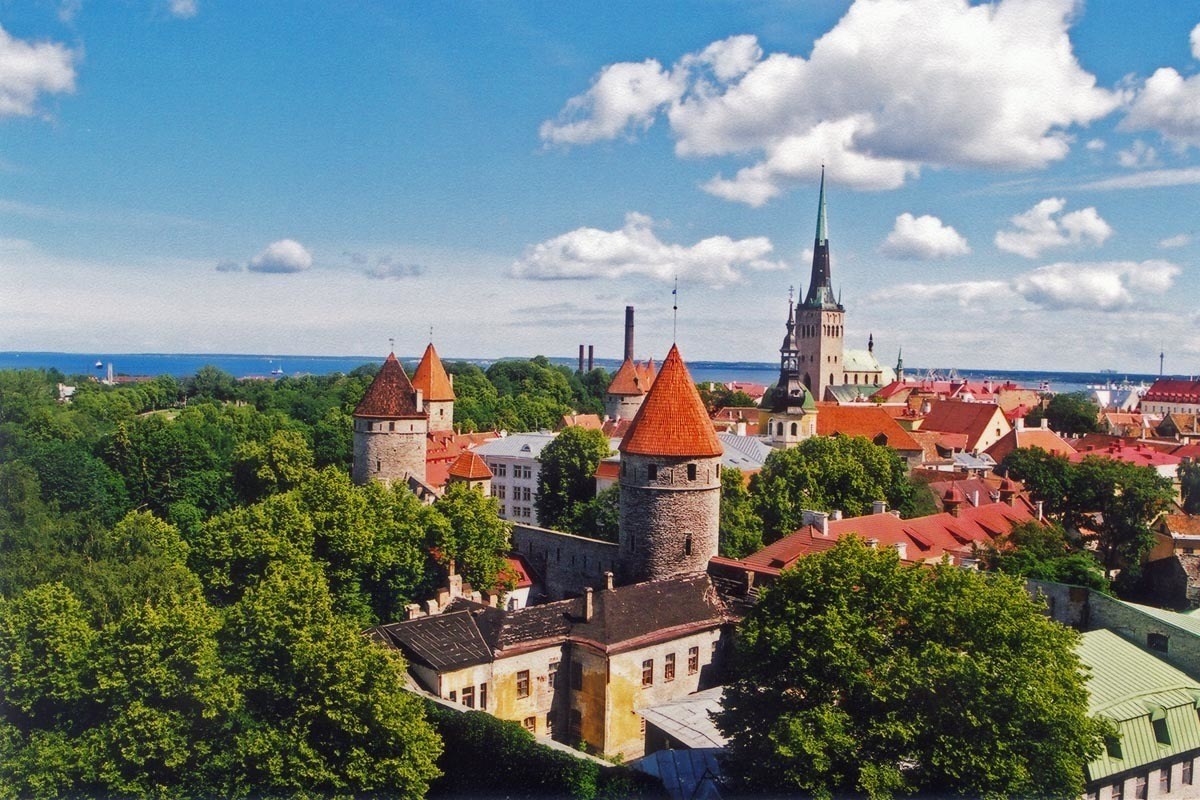
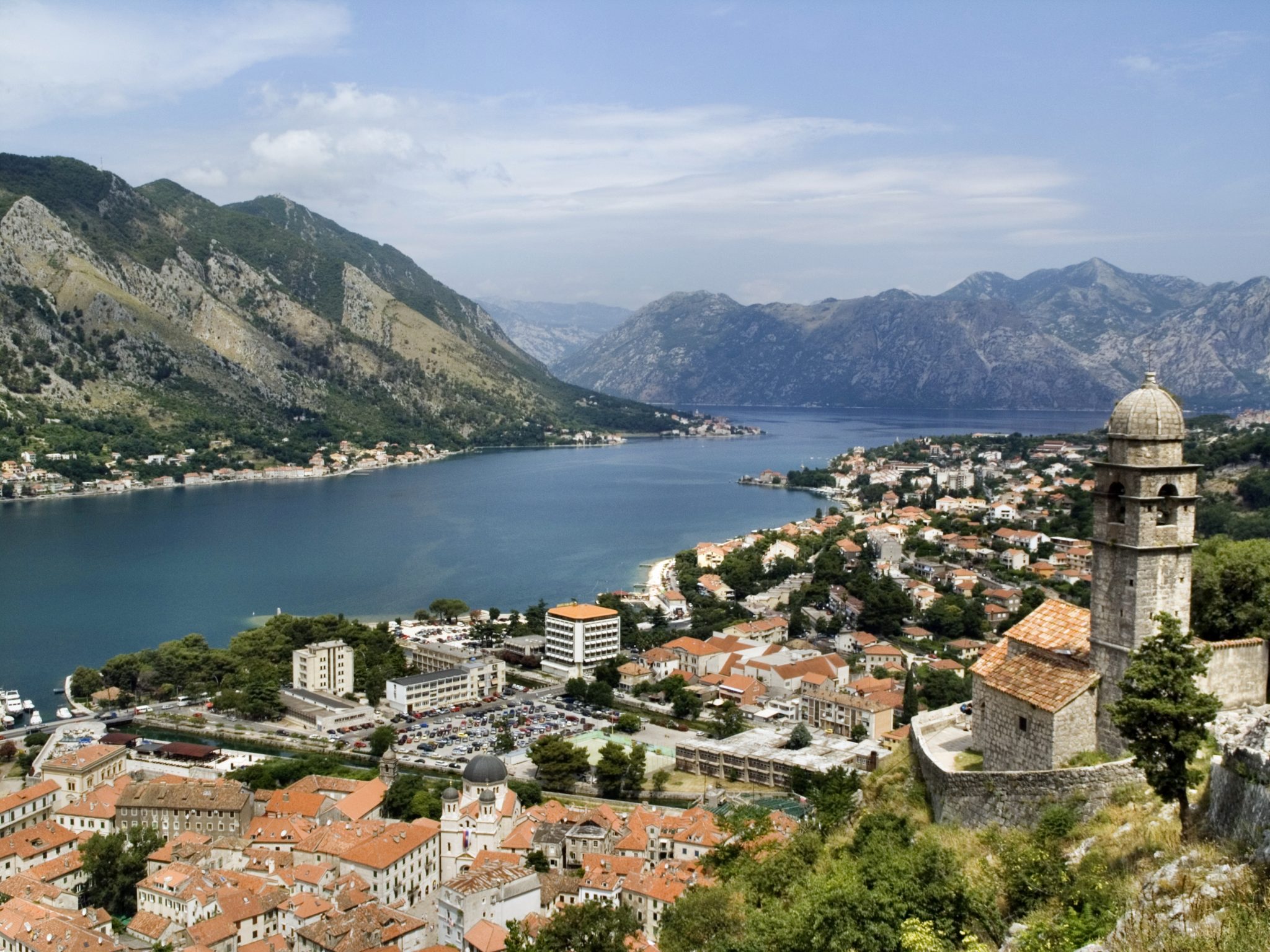


 A tourist looks at the Puente Nuevo (New Bridge) in Ronda. Photo: Jorge Guerrero / AFP.
A tourist looks at the Puente Nuevo (New Bridge) in Ronda. Photo: Jorge Guerrero / AFP. People celebrate St. Bartholomew's Day in Tenerife. Photo: Desiree Martin/AFP.
People celebrate St. Bartholomew's Day in Tenerife. Photo: Desiree Martin/AFP. Photo: Pedro Armestre/AFP.
Photo: Pedro Armestre/AFP.
 Girls perform ballet at the beach in San Sebastian. Photo: Ander Gillenea/AFP.
Girls perform ballet at the beach in San Sebastian. Photo: Ander Gillenea/AFP. Two women celebrating during the annual San Fermin festival in Pamplona. Photo: Cesar Manso/AFP.
Two women celebrating during the annual San Fermin festival in Pamplona. Photo: Cesar Manso/AFP. leoks/ShutterstockSantorini is one of the top islands in Europe, according to TripAdvisor.
leoks/ShutterstockSantorini is one of the top islands in Europe, according to TripAdvisor.
